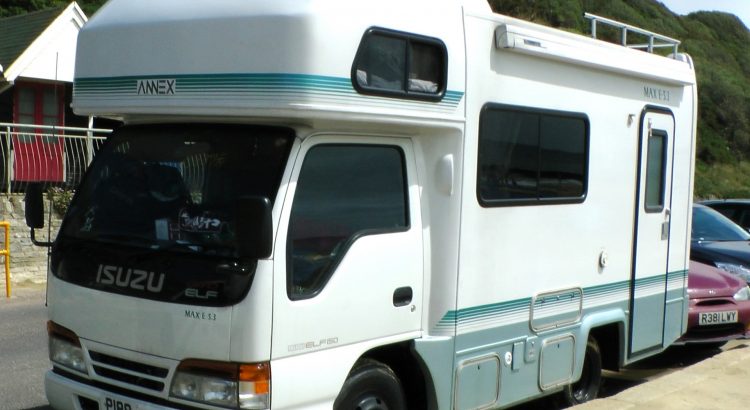If you want to use your campervan in winter it is important to insulate it sufficiently to cope with the weather. The floors, walls and ceiling will all need insulating so heat is not lost through them. When you are not using the caravan then it’s a good idea to have a Bespoke Oak Carport to keep it well protected. There are quite a few Bespoke Oak Carport to choose from and a well certain give you some ideas.If you going to take it out in the winter here is what you need to do.
According to Mother Nature Network, a layer of insulation will also help you to keep the campervan cooler when it is hot outside and you want to keep windows closed to keep pests out.
Here is one way to insulate your campervan.
Getting started
Prepare for installing the insulation by removing everything from inside the van. You can then remove the existing floor leaving a bare metal surface all round the vehicle. Shield the cab by sealing it off with a plastic sheet. If you want a record of the process, remember to take photos as you go.
Floor
It makes sense to start with the floor because once it is done you can stand on it whilst insulating the other surfaces. Spread foil bubble wrap over the floor and cut it to size. It can then be secured with duct tape or glue to cover the whole surface before the plylining is replaced on top. This can then be screwed back into place.
Ceiling
Foam boards can be installed between all the ribs of the ceiling. Once cut to size it can easily be secured with duct tape. You may need assistance with this step. Any accessories you need can be obtained from good suppliers.
Walls
Insulating the walls is the most time-consuming part of the work. It makes sense to use a layer of bubble wrap, then fibreglass insulation and then a vapour barrier. First, measure the bubble wrap you need and cut to size. Using spray glue, apply it to the walls of the campervan, ensuring that there is plenty of ventilation. Using gloves, cut the fibreglass to size and press into place. You may need to use tape to secure the larger sections, but it will be kept in place by the final layer. Use spray foam to fill in the gaps behind beams where you cannot install the fibreglass.
Finally, seal the walls with a plastic vapour barrier to ensure that no air from the van can reach the fibreglass. This is time consuming but is worth doing before you install whatever interior finish you choose.




